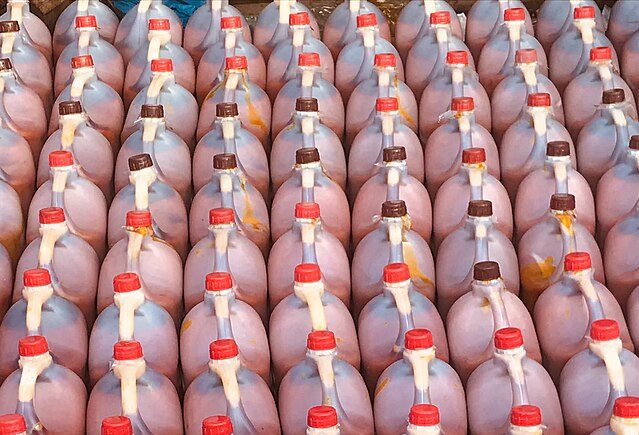In the week ending August 24, 2025, Malaysia maximized on gaining palm oil prices before their eventual fall on the 25th.
According to the government, the biofuel hub exploited rates at between 4,200 and 4500 ringgits ($997.50-1,068) a tonne while they lasted.
An accessory driver for the short-lived price spurt was the sudden imposation of 85% tariffs by China on Canada’s canola. This in turn escalated rapeseed oil rates worldwide and forced palm oil traders to up their stakes, too.
Another beneficial spillover effect on Malaysia’s biofuel industry was the switch by the United States to the Section 45Z energy standard.
The standard, which prioritizes low-carbon production of domestic biodiesel from soybean meal, upped soy oil prices, again favoring palm oil.
Additionally, import tariff uncertainties have reduced the competitiveness of alternative oils and boosted the benchmark palm, soy and rapeseed oils.
Price About-turn
Fears of demand loss in coming weeks due to high prices eventually crashed palm oil rates early morning August 25.
The Malaysia Bursa Derivatives exchange saw palm oil for November delivery reverse gains by shedding -0.49% day-on-day.
By the southeast Asian noon on the 25th, contract prices were down to 4,507 rinngit ($1,070)/tonne, down by 22 ringgit ($5.22).
During the past week’s sessions, the Bursa had recorded at least 1.55% daily gains and analysts had expected sustained rates.
Kuala Lumpur’s boarses expect the price to gather around 4,450 rinngit ($1,057)/tonne but not above 4,600 ringgit ($1,092.50).
Meanwhile, traders are tapping a current strength of the Malaysian currency by 0.66% against the dollar, benefiting exporters paid in dollars.
Ultimately, it looks like all major feedstock oils had only a raise in one week only to fall in the next. While palm oil lost 0.49% in Malaysia, soy oil on the 25th shed 0.45% in the Chicago futures. For more similar updates on especially the trade of palm oil in Malaysia, skim the following statistics.
Malaysia Palm Oil Stats
Malaysia is the world’s number 2 biggest palm oil producer at 19 million tonnes, as of 2019, per Forbes. Together with neighboring Indonesia, it is home to over 80% of the total global output of palm oil each year. As of 2025, Malaysia’s global production share was at 24% while Indonesia’s 59%, according to the USDA’s Foreign Agricultural Service (FAS).
Who exports the most palm oil worldwide?
While Indonesia tilts over half of the global production, Malaysia leads exports. In 2021, the country exported above 4.71 million tonnes of the oil, worth over $4.953 billion, according to the World Bank.
Which areas of Malaysia lead palm oil prodiction?
According to the FAS, four areas account for all of Malaysia’s palm oil output. They include:
- Sabah, with a 25% production share.
- Sarawak, with 22%,
- Johor, with 15%.
- Pahang, with 14%. &.
- Perkan, at 8%.
The five regions processed 19.5 million tonnes of the oil in 2025 or 24% of the global production.
